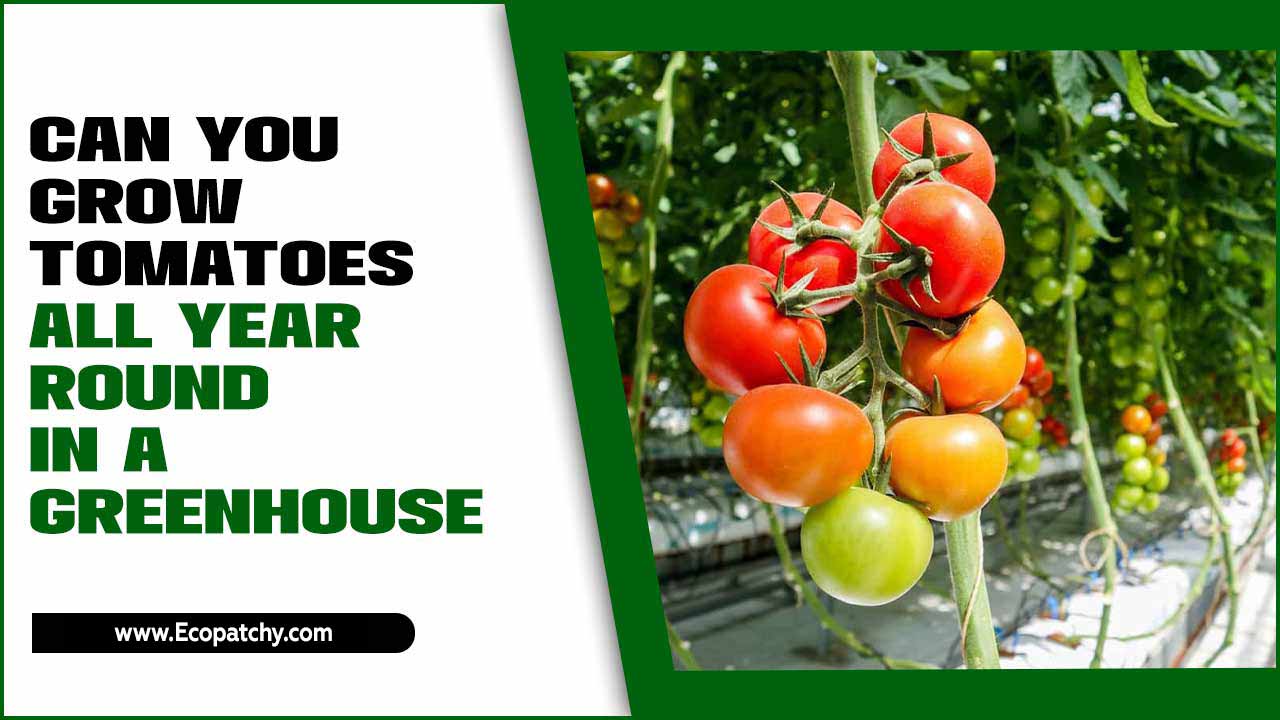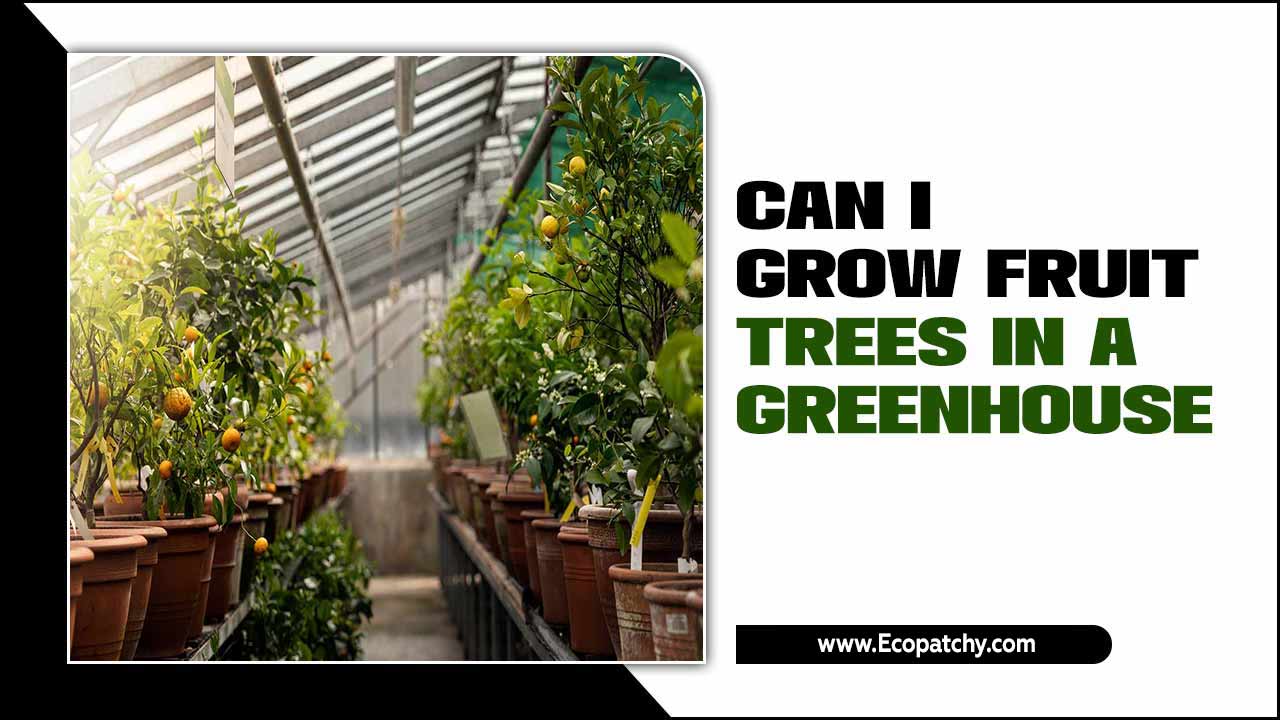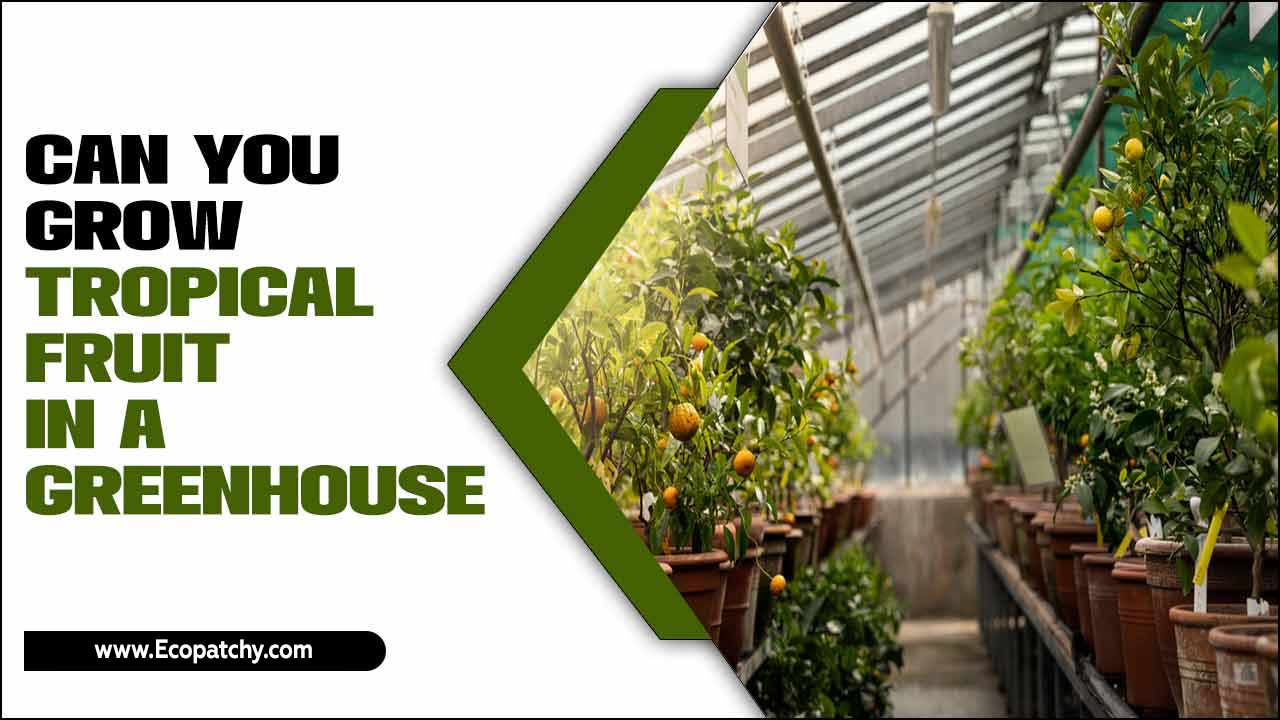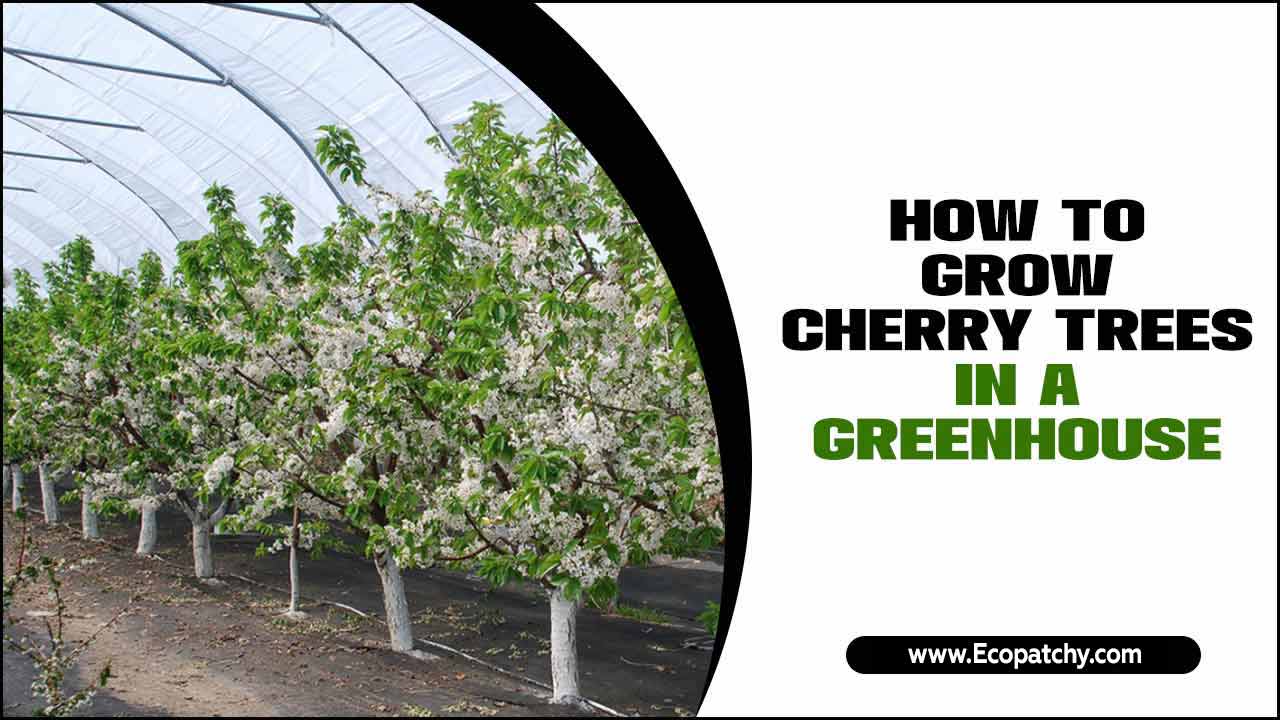Olive trees have been cultivated for thousands of years, and their popularity has only continued to grow in recent times. With its versatile uses and health benefits, the demand for fresh olives and high-quality olive oil has skyrocketed.
However, growing olive trees can be a challenge, especially in areas with harsh climates. This is where a greenhouse can come in handy. By creating a controlled environment, a greenhouse allows olive trees to thrive and produce a bountiful harvest.
Here, we will explore how to grow olive trees in a greenhouse naturally. From selecting the right varieties for containers to preparing the perfect soil for your plants, optimizing temperature and lighting, watering for maximum growth, fertilizing for healthy trees, pruning for shape and size, and pest and disease control. We will also discuss
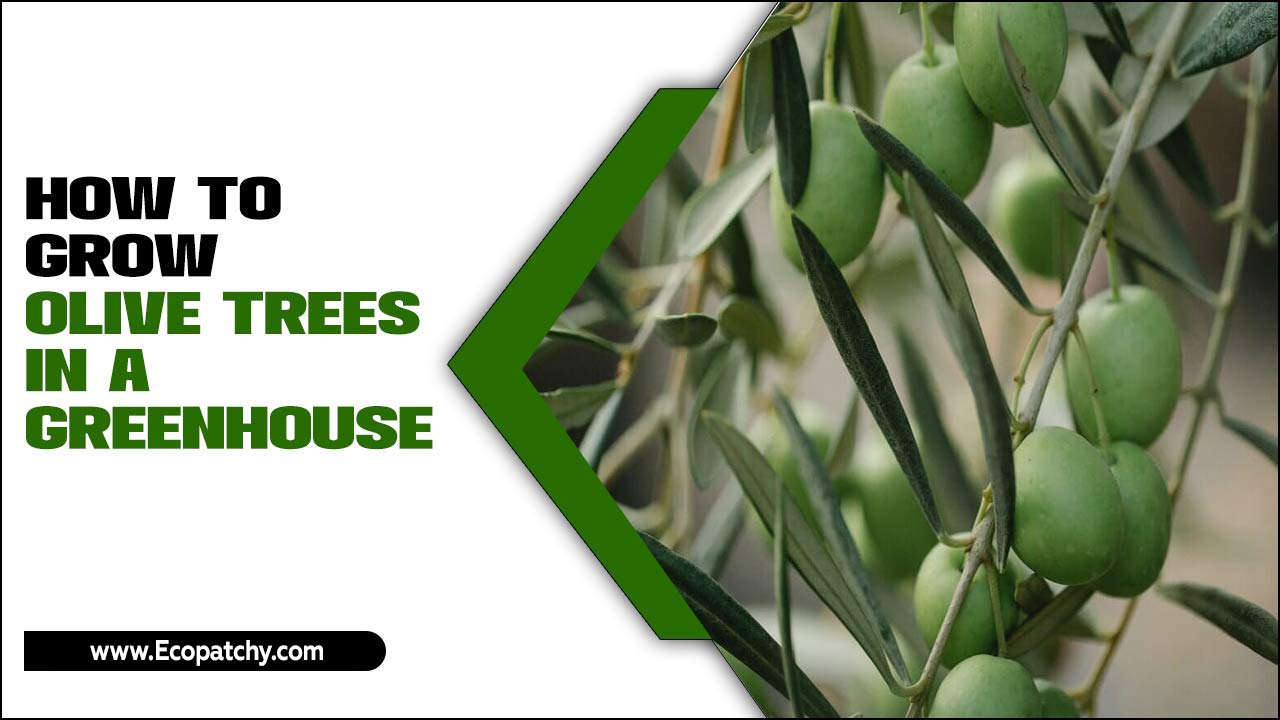
The Origin Of Olive Trees And Their Significance

Olive trees have a rich history and hold significant cultural and symbolic value. Originating in the Mediterranean region, these trees have been cultivated for thousands of years and are closely associated with the ancient civilizations that thrived in this area. The olive tree has been regarded as a symbol of peace, wisdom, and fertility, and its fruit has long been prized for its culinary uses and health benefits.
Growing olive trees in a greenhouse allows for year-round cultivation, providing a controlled environment that mimics the tree’s natural habitat. By understanding the origin and significance of olive trees, growers can better appreciate their beauty and cultivate them successfully in a greenhouse setting.
The Role Of Olive Trees In History
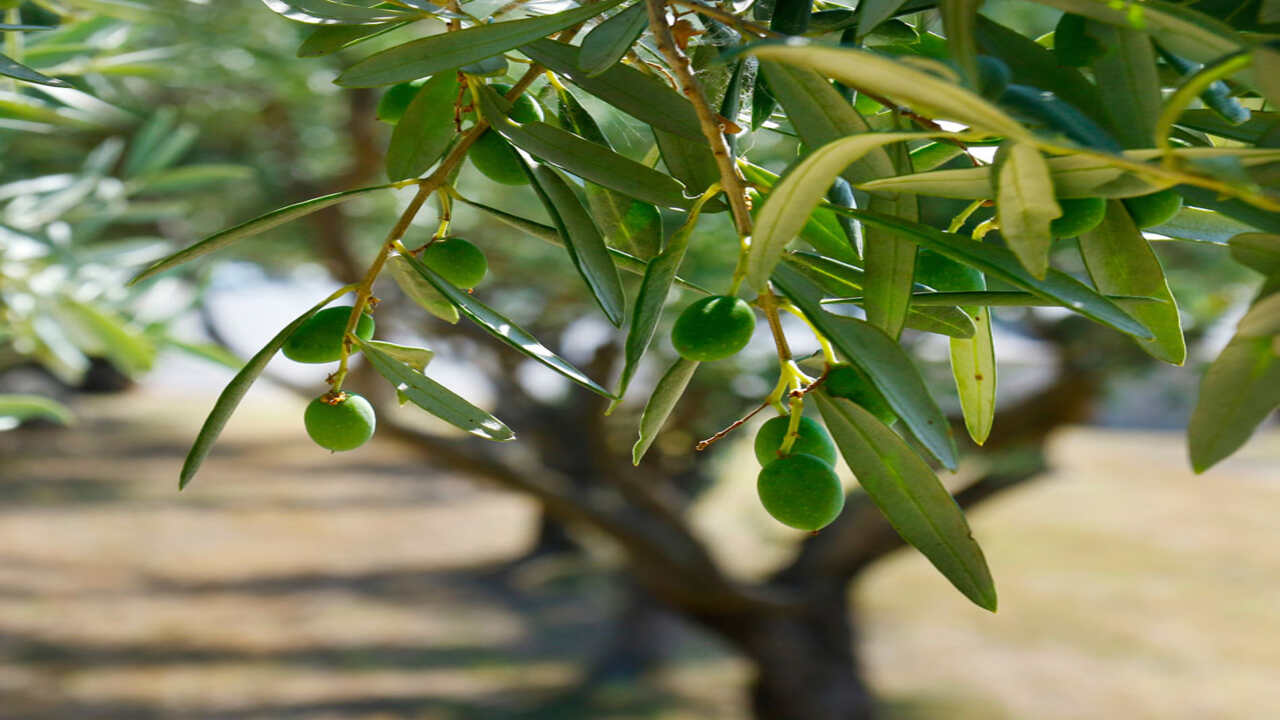
Olive trees have played a significant role in the history of Mediterranean civilizations, symbolizing peace, wisdom, and abundance. These ancient societies, such as the Greeks and Romans, revered olive trees as gifts from the gods and incorporated olive oil into their religious ceremonies.
Alongside its symbolic importance, olive oil production became a vital industry that drove economic growth in olive-growing regions. Cultivated by civilizations like the Phoenicians, Egyptians, and Persians, olive trees were cherished for their valuable oil and became a staple of Mediterranean cuisine due to their ability to add flavor and provide health benefits to dishes.
The Evolution Of Olive Oil Production
Early methods of olive oil production involved the manual crushing of olives or the use of stone mills. However, with advancements in technology, modern olive oil production now utilizes state-of-the-art machinery like hydraulic presses and centrifuges. These machines allow for more efficient extraction of oil from the olives.
It’s important to note that different varieties of olives produce oil with distinct flavors, colors, and nutritional profiles. Additionally, the quality of olive oil is determined by factors such as acidity level, fruitiness, and the absence of defects. To preserve the nutrients and flavors, techniques like cold pressing are used during the production process.
How To Grow Olive Trees In A Greenhouse: 7 Natural Ways
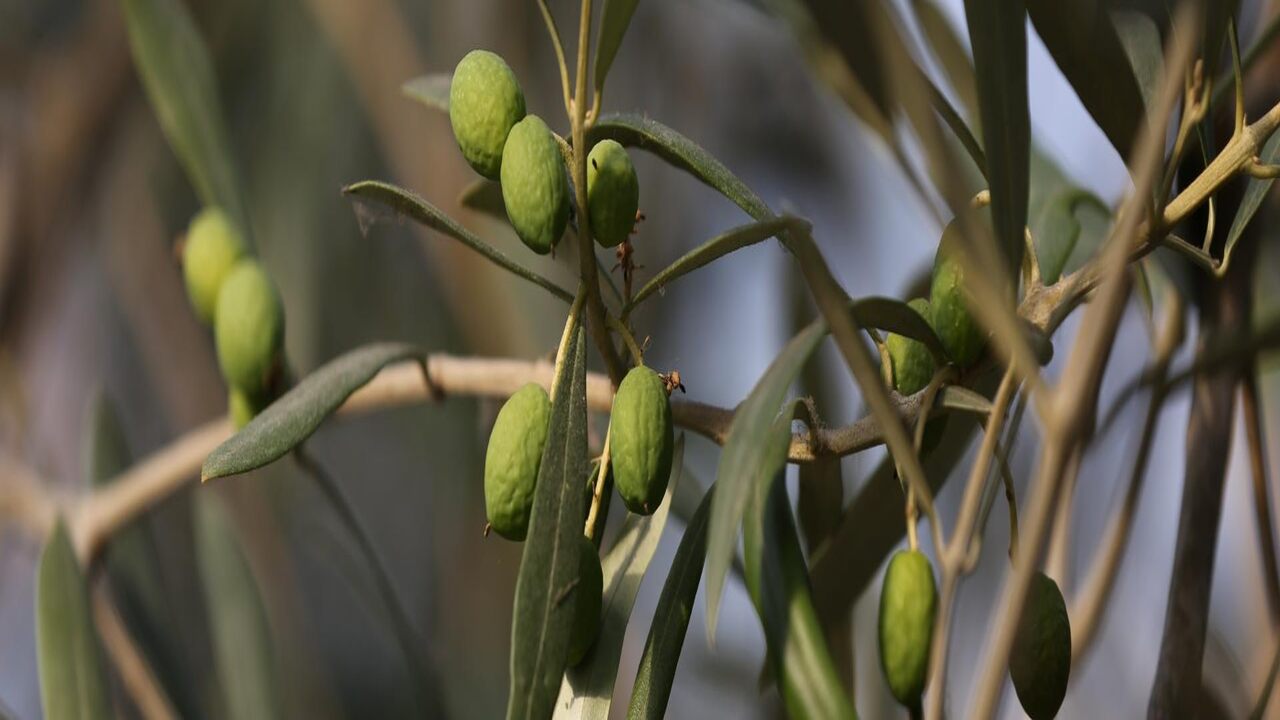
Growing olive trees in a greenhouse can be a rewarding and sustainable way to enjoy fresh olives year-round. Snails in a greenhouse can be both a blessing and a curse. On one hand, snails can help control the population of pests such as aphids and mites, which can damage plants.
They also play a role in breaking down organic matter and recycling nutrients in the soil. By following these natural methods, you can successfully grow olive trees in a greenhouse and enjoy a bountiful harvest of delicious olives throughout the year. Here are 7 natural ways how to grow olive trees in a greenhouse.
1.Selecting Varieties Suitable For Containers
When selecting varieties suitable for growing olive trees in containers, consider dwarf olive tree varieties. These varieties have shallow roots, making them ideal for container cultivation. Popular options include Arbequina, Picholine, and Leccino. Additionally, it’s important to choose varieties that can thrive in greenhouse conditions and have cold weather tolerance.
Selecting pollinator-friendly varieties is also essential for promoting fruit production in the controlled environment of a greenhouse. By carefully choosing the right olive tree varieties, you can successfully grow olive trees in containers and enjoy a bountiful harvest.
2.Preparing The Perfect Soil
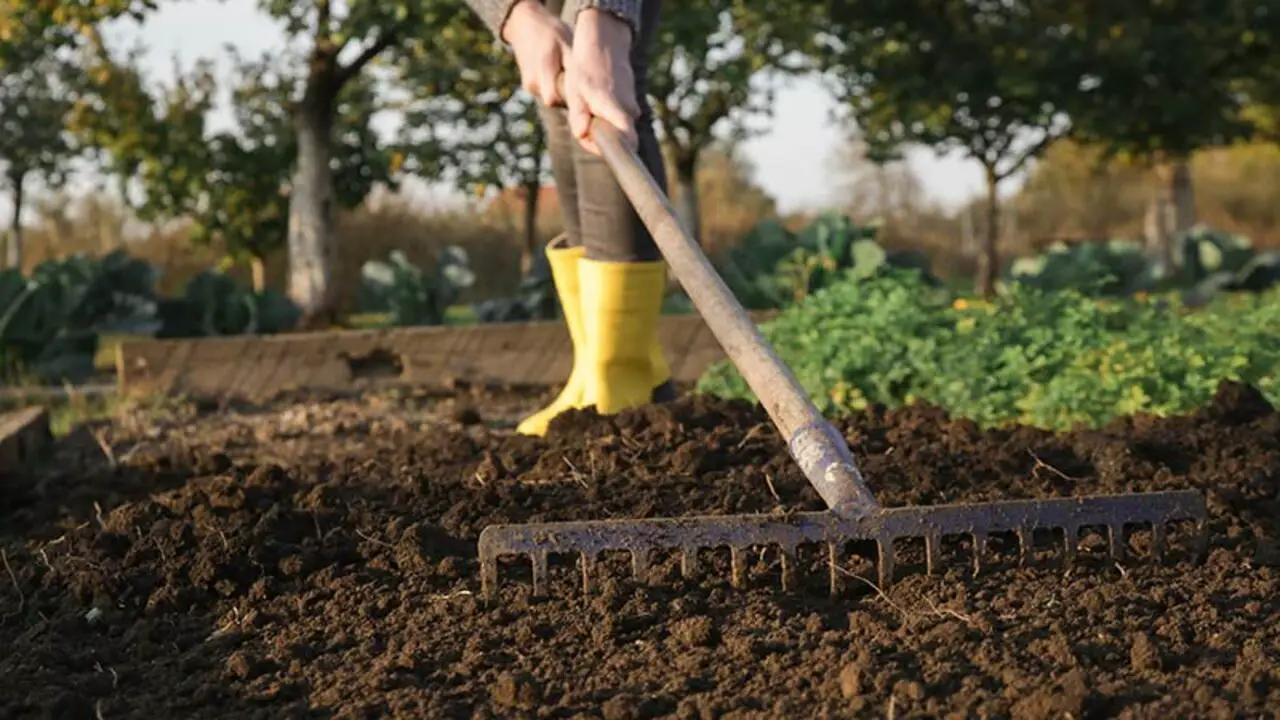
To ensure optimal growth of olive trees in a greenhouse, it is important to prepare the perfect soil. Olive trees thrive in well-draining soil with a pH level between 6 and 8. Enhance soil fertility, water retention, and nutrient availability by adding organic matter like compost.
Conduct soil tests to confirm that the soil conditions meet the requirements for olive tree cultivation. It is crucial to avoid waterlogged soil, as olive trees are susceptible to root rot in overly moist conditions. Regular soil maintenance, including weed removal and soil aeration, promotes healthy growth of olive trees.
3.Optimizing Temperature And Lighting
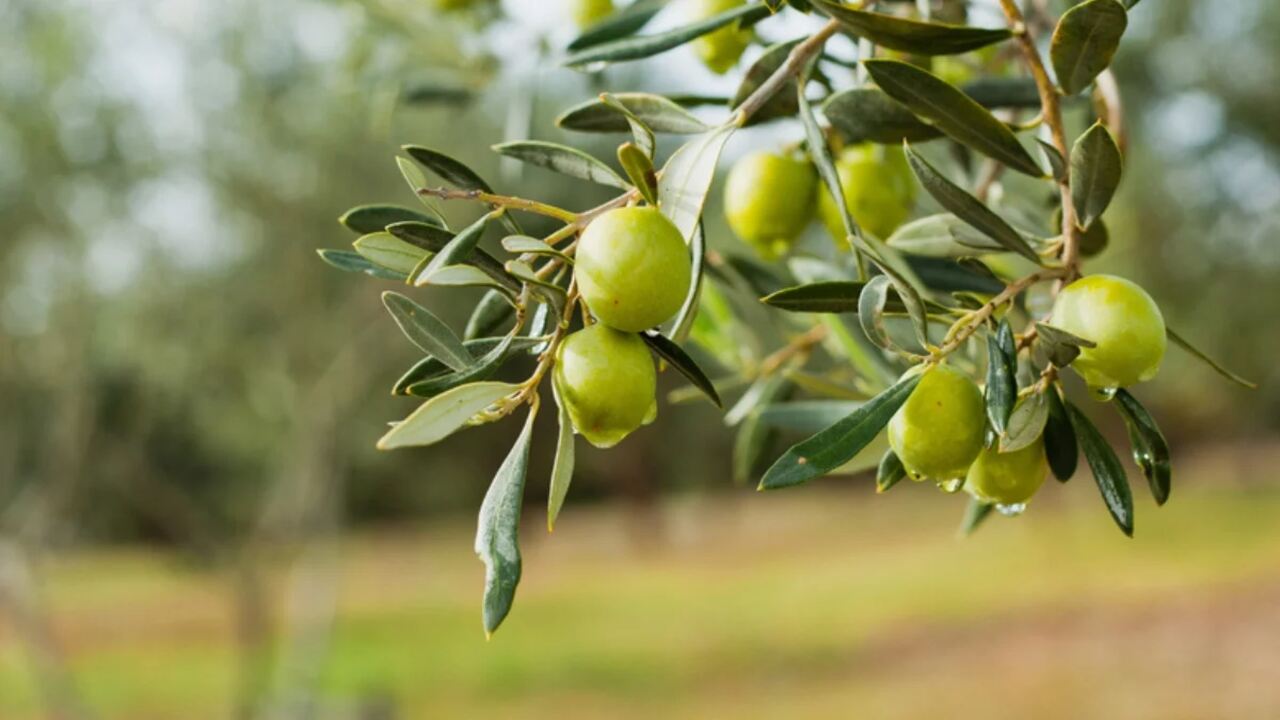
Maintaining the optimal temperature range of 15-30°C in the greenhouse is crucial for the successful growth of olive trees. Ensuring that olive trees receive at least 6-8 hours of sunlight per day, whether through natural or artificial lighting, is essential.
Monitoring temperature variations, especially during colder months, helps protect the olive trees from frost and other potential damages. Adjusting ventilation, humidity levels, and shading techniques can prevent heat stress and promote healthy growth. Supplemental lighting, such as LEDs, can be used to extend olive tree growth during periods of shorter daylight.
4.Watering For Maximum Growth
To maximize the growth of olive trees, it is important to understand their watering needs. Olive trees require moderate water and should be watered once soil moisture levels decrease. However, overwatering should be avoided as it can lead to root rot and hinder growth. Deep watering is recommended to allow water to reach the roots effectively.
Mulching around the trees helps retain soil moisture, reduces evaporation, and suppresses weed growth. Regular monitoring of soil moisture levels through tests or visual inspection helps in maintaining proper watering schedules.
5.Fertilizing For Healthy Trees
To ensure healthy growth of olive trees in a greenhouse, it is important to apply nitrogen-based fertilizers following recommended guidelines. This promotes optimal tree growth. Another effective way to improve tree health is by incorporating compost into the soil, as it provides essential nutrients.
It is crucial to consider the nutrient requirements of olive trees at different growth stages and adjust fertilizer application accordingly. Regular soil testing helps identify nutrient deficiencies, allowing targeted fertilizer application. However, excessive fertilizer application should be avoided to prevent nutrient imbalances and tree stress.
6.Pruning For Shape And Size
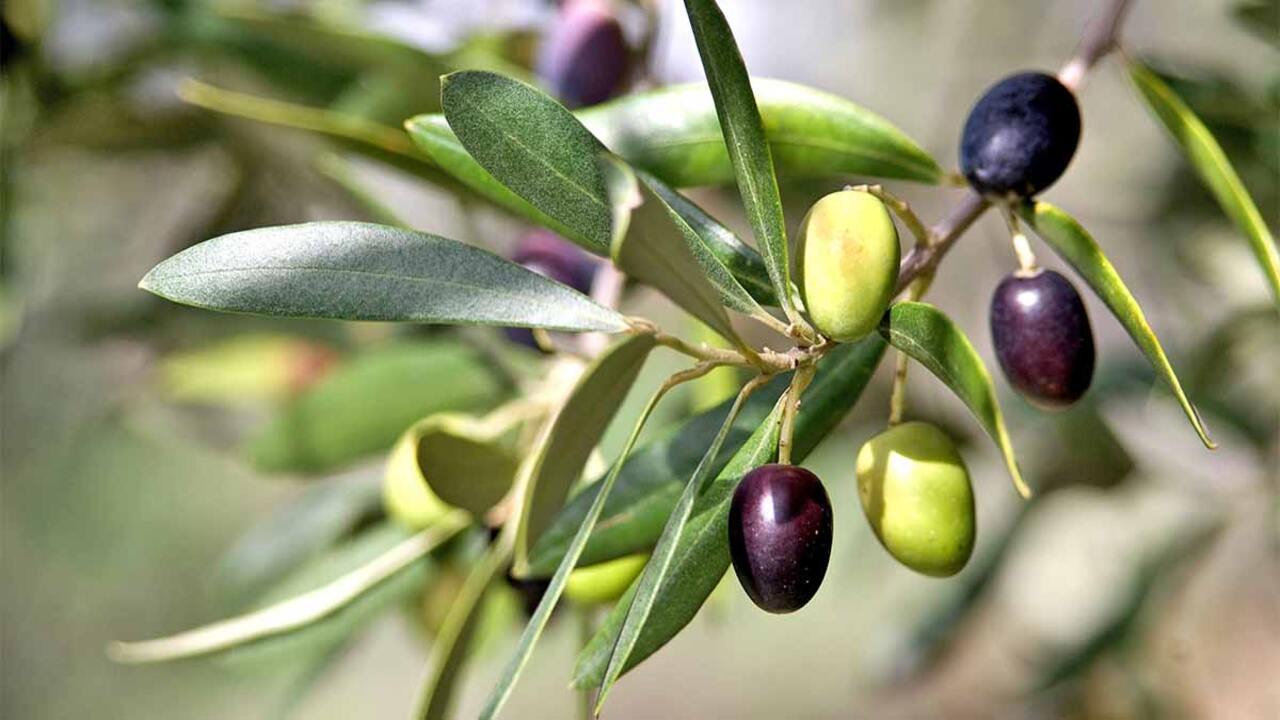
Pruning olive trees within a greenhouse is essential for maintaining their size and shape. Regular pruning not only promotes healthy growth but also enhances fruit production. By pruning during the dormant period, usually in December or January, you can avoid any harm to the tree.
It’s important to use clean and sharp pruning tools to prevent damage. Pruning allows the olive tree to have sufficient space for growth and ensures proper air circulation. That way, your olive plants can thrive in your greenhouse.
7.Pest And Disease Control
To ensure the health and vitality of your olive trees in a greenhouse, it is important to address pest and disease control. Common pests and diseases that can affect olive trees include aphids, spider mites, fungal infections, and bacterial diseases. Instead of relying on chemical pesticides, consider using natural pest control methods such as introducing beneficial insects like ladybugs or lacewings, or using organic sprays.
Additionally, practicing good sanitation and hygiene, such as removing fallen leaves and regularly cleaning the greenhouse, can help prevent the spread of disease. Be vigilant in monitoring your olive trees for any signs of pest or disease infestation, and consult with experts or experienced growers for advice on effective control methods.
Recognizing The Best Varieties For Greenhouse Cultivation
When it comes to growing olive trees in a greenhouse, choosing the right varieties is crucial for successful cultivation. Some olive tree varieties are better suited for greenhouse conditions than others, so it’s important to do your research and select the best options. Look for varieties that are known for their compact growth habits and adaptability to controlled environments.
These traits can help ensure that your olive trees thrive in the greenhouse setting. Additionally, consider factors such as fruit quality, yield potential, and disease resistance when choosing varieties for greenhouse cultivation. By selecting the best olive tree varieties for your greenhouse, you can set yourself up for a successful and bountiful harvest.
When Is The Ideal Time To Harvest Olives?

Knowing the ideal time to harvest olives is crucial for successfully growing olive trees in a greenhouse. The timing of the harvest can greatly affect the quality and flavor of the olives. Generally, olives are harvested when they have reached their optimal ripeness. This can vary depending on the variety of olive tree and the desired end use of the olives (such as table olives or oil production). One way to determine if olives are ready for harvest is by conducting a taste test.
Pick a few olives from different parts of the tree and taste them to see if they have developed the desired flavor profile. Additionally, you can also check the color of the olives, as they will typically darken as they ripen. It’s important to monitor your olive trees closely and adjust your harvesting schedule accordingly to ensure you achieve the best possible yield and quality.
Conclusion
Growing olive trees in a greenhouse can be a rewarding and fruitful endeavor. By following the natural methods outlined in this guide, you can ensure the successful growth and development of your olive trees. Remember to select suitable varieties for container cultivation, prepare the perfect soil, optimize temperature and lighting conditions, provide adequate watering and fertilization, and implement proper pruning techniques.
Additionally, be vigilant about pest and disease control to maintain the health of your trees. With patience and care, you can enjoy a bountiful harvest of olives from your greenhouse. So, get started on your journey to growing olive trees and reap the benefits of fresh, homegrown olives. We hope you know how to grow olive trees in a greenhouse.
Frequently Asked Questions
1.Will An Indoor Olive Tree Produce Fruit?
Ans: Yes, an indoor olive tree has the potential to produce fruit, but it requires additional care. The tree needs specific temperature and lighting conditions for fruit production. If not exposed to wind or insects, hand pollination may be necessary.
2.What Temperature Can An Olive Tree Tolerate?
Ans: Olive trees have a wide temperature tolerance, but they thrive in warmer climates. The ideal temperature for these trees is around 20-30°C (68-86°F) during the day and 10-15°C (50-59°F) at night. While they can withstand short periods of temperatures as low as -9°C (15.8°F).
3.What’s The Best Temperature And Lighting For Olive Trees?
Ans: Olive trees thrive in temperatures ranging from 60-85°F (15-29°C) and require a minimum of 6 hours of direct sunlight daily. During winter months, supplemental lighting may be needed. To prevent heat buildup, ensure adequate ventilation and avoid extreme temperature fluctuations.
4.Is It Possible To Grow Olive Trees In A Greenhouse?
Ans: Yes, it is indeed possible to grow olive trees in a greenhouse. By growing them in a controlled environment, you can provide the ideal conditions such as sunlight and well-draining soil. Additionally, a greenhouse offers protection from harsh weather and pests.
5.How Long Does Olive Tree Take To Bear Fruit?
Ans: Olive trees typically take around 3-4 years to bear fruit. Factors like tree age, growing conditions, and variety can affect the time it takes. Proper care, including pruning and fertilizing, is important for encouraging fruit production.

